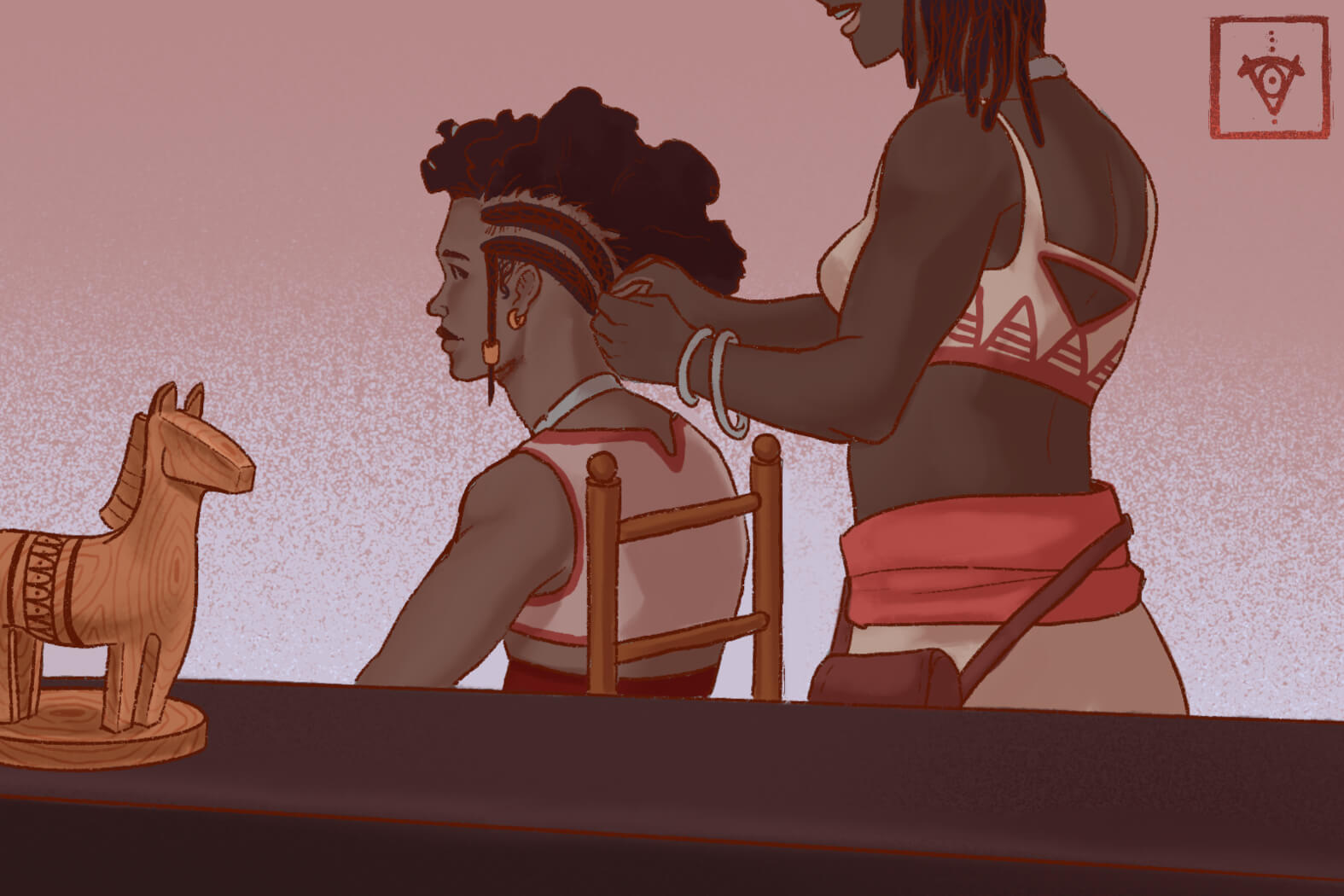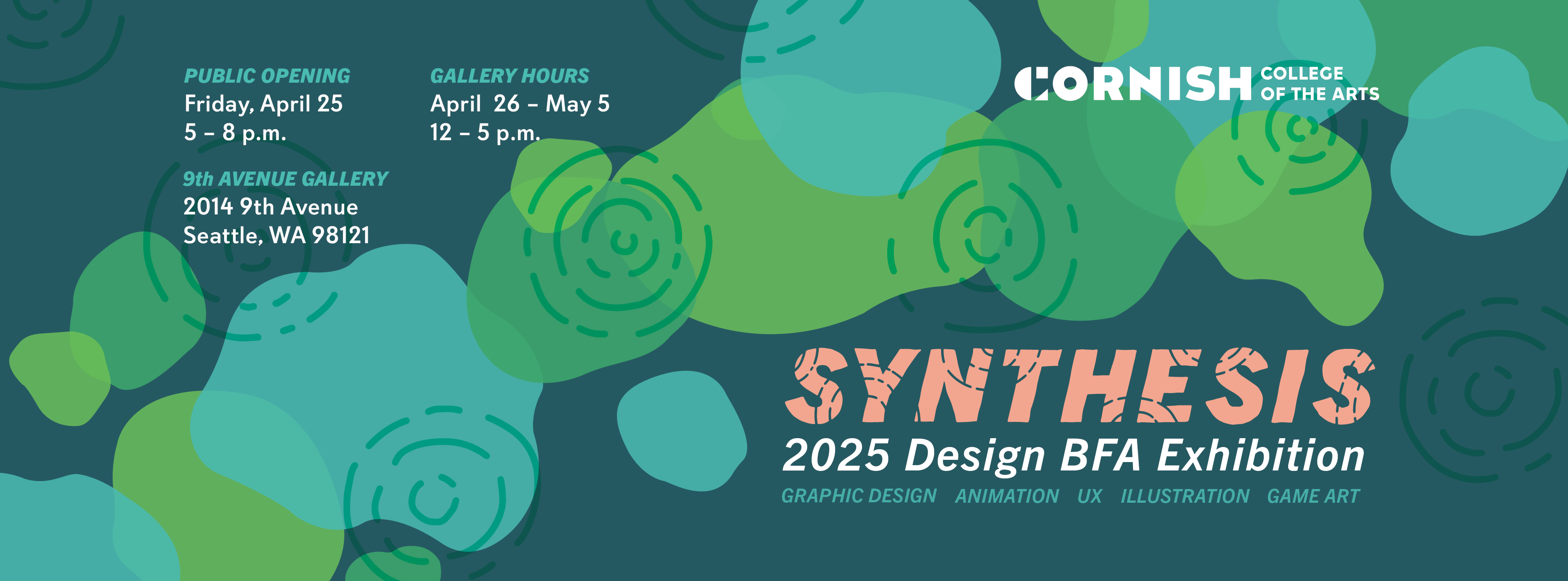
Illustration
Develop your unique artistic voice through the illustration program at the Cornish College of the Arts at Seattle University. An illustrator’s work in the current world can do much to add conceptual depth, humor, innovative thinking and creative viewpoints to public communication.

Overview
Illustration, BFA
In the Illustration program, you will learn traditional and digital techniques in drawing, painting and visual storytelling, with a focus on creative problem solving, robust workflow and professional communication. Projects give you practice creating illustrations for various industries such as gaming, publishing, and product design, while addressing philosophical and ethical questions. Our curriculum stays up to date with industry trends and emerging technologies, developing your skills in software tools, like the Adobe Creative Suite, to create and maintain a professional portfolio.
With an average of 15 students per class, our faculty, comprised of professionals with successful careers in illustration, fine arts and design, will give you personalized instruction and mentorship. Illustration students have access to facilities for photography, painting, drawing, sculpture, printmaking, digital media labs, a motion capture studio and the Multimedia Checkout Center.
Our program emphasizes industry preparedness, and offers internships and networking opportunities with publishing houses, game studios, design firms and arts organizations in Seattle and beyond. Graduates pursue careers as illustrators, concept artists, graphic novelists, game artists, surface designers and editorial illustrators, among other careers.
Program Information
Program Type: Major
Degree: Bachelor of Fine Arts
School: Cornish College of the Arts
Campus: South Lake Union
Learning Format: In-Person
Duration: 4 years
Start Date: August, January
Credits: 120

At-a-Glance
Core Skills & Techniques
Drawing and Painting: Traditional and digital techniques for creating detailed and expressive illustrations.
Visual Storytelling: Developing narrative techniques to convey stories and concepts through images.
Digital Tools: Proficiency in industry-standard software for illustration, including Adobe Creative Suite.
Surface Design: Creating patterns and designs for products, packaging, and textiles.
Typography and Layout: Integrating text with images to create cohesive visual compositions.
Character and Concept Design: Designing characters and concepts for games, animation, and graphic novels.
Professional Practices: Career development, portfolio creation, and networking in the Illustration industry.
Learning Outcomes
Students will learn traditional and digital techniques in drawing, painting, and visual storytelling, with a focus on creating illustrations for various industries such as gaming, publishing, and product design. The program includes guest lectures, workshops, critiques from industry professionals, and emphasizes portfolio development to ensure students are job-ready upon graduation






